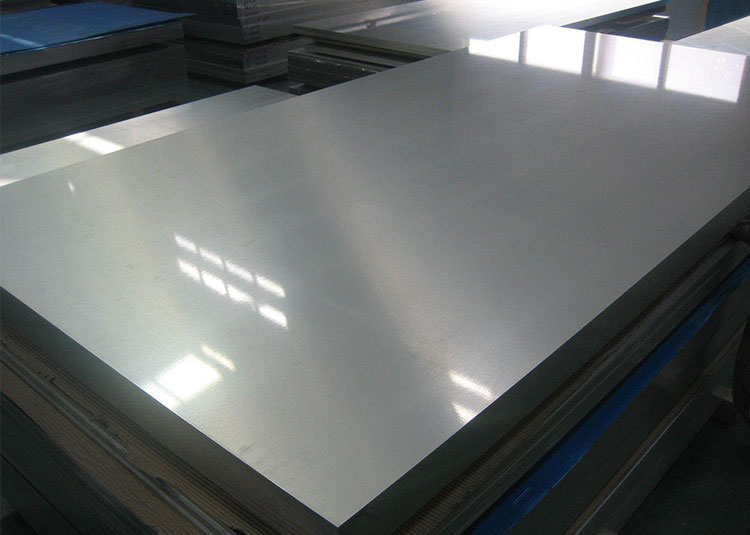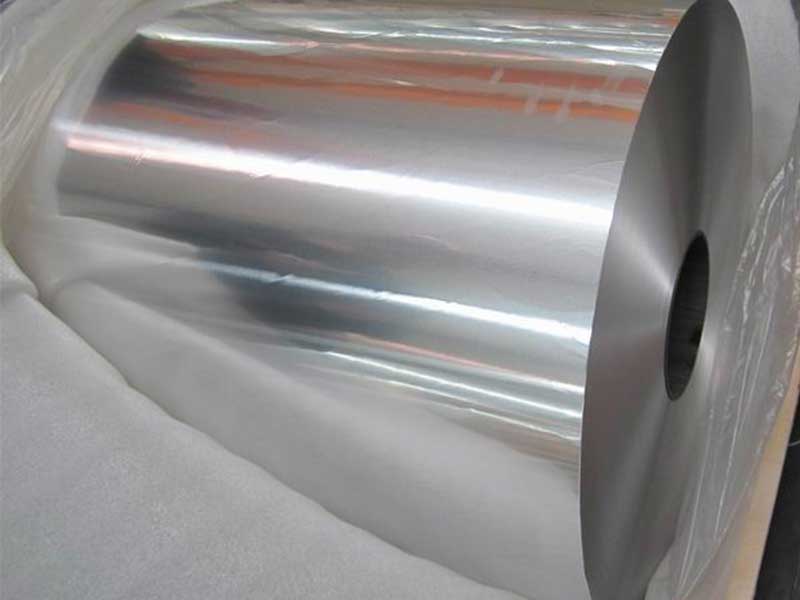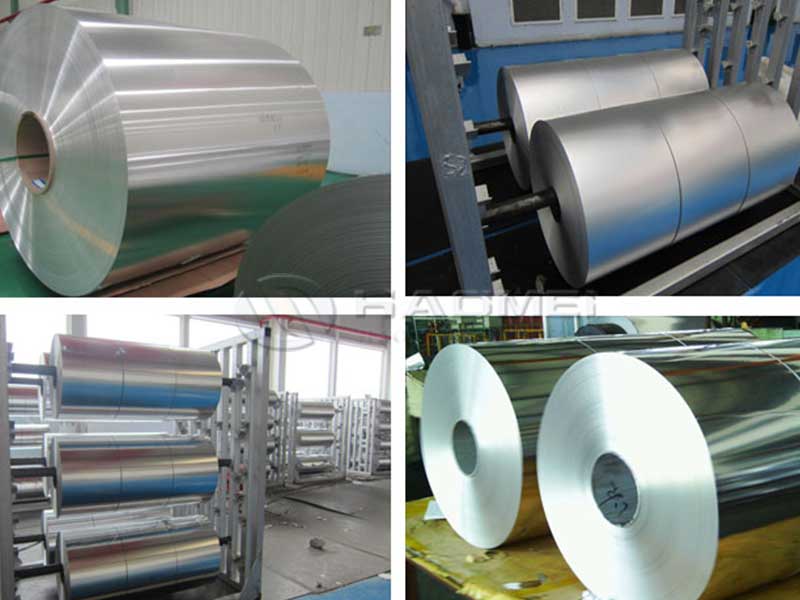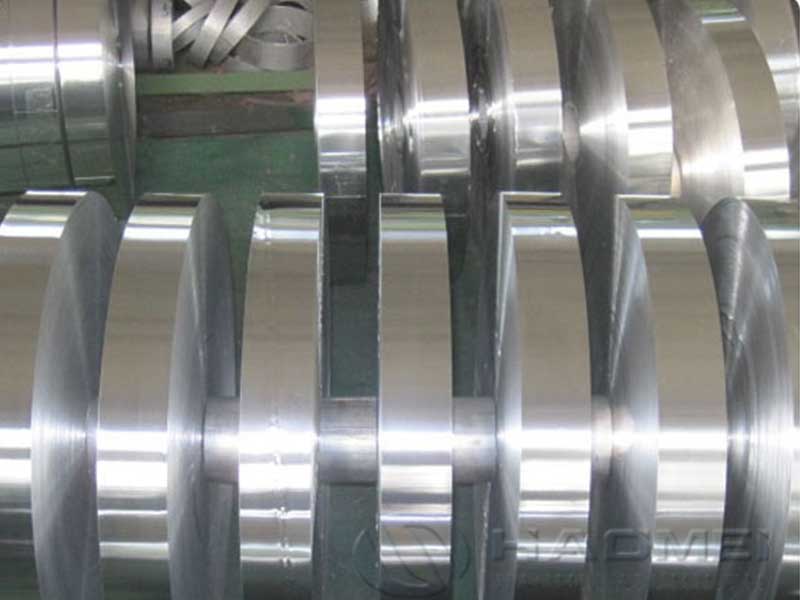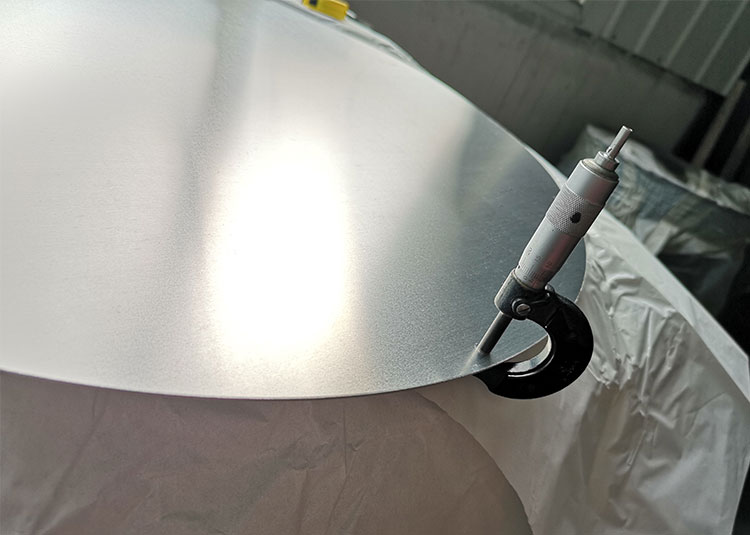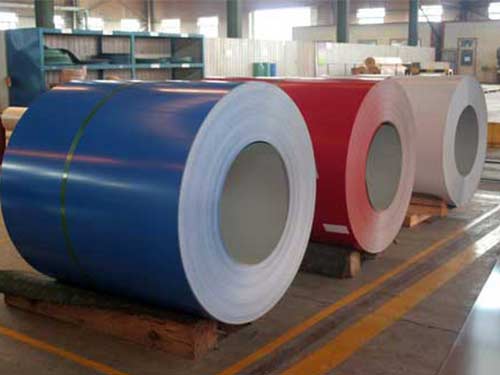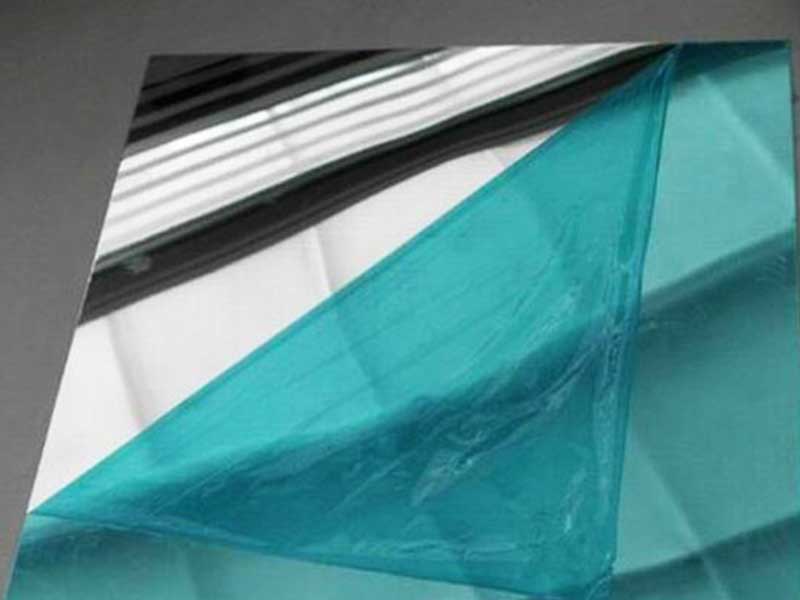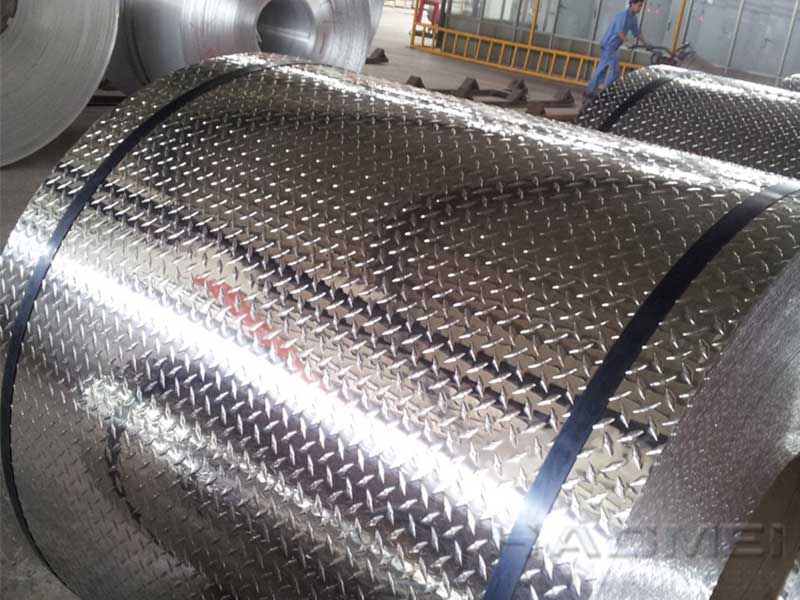6101 aluminum alloy is deformed aluminum and aluminum alloy. 6101 aluminum busbar high-strength conductive material. 55% IACS guarantee, good corrosion resistance and weldability, used for processing high-strength busbar conductors.
6101 aluminum alloy is a low-alloyed A-Mg-Si series heat-treatable-strengthened alloy with moderate strength, good electrical conductivity and formability, and has become a hot research object in the field of conductive materials in recent years. Especially with the rapid development of new energy electric vehicles and fast charging technology, 6101 aluminum busbar is more and more widely used by electric vehicle companies such as Tesla, which not only requires high strength, excellent electrical conductivity, but also The properties of the alloy such as bending and processing put forward higher requirements. The strength, electrical conductivity, and bending properties of aluminum alloys are not easy to achieve. Therefore, under the premise of ensuring electrical conductivity, it has become the difficulty and focus of material production process control without reducing excessive material properties. Generally, the tensile strength of the material is required to reach 15~25MPa, the yield strength is 150~210MP, the electrical conductivity is greater than 56% IACS, and the 90° bending radius is 1 times the thickness. At present, it is mainly controlled from the following two aspects:
1 Low alloying and microalloying: use Fe, Cu, Zn and other impurities in high-purity aluminum water, reduce the content of Cr, Mn, Ti, V and other harmful elements that affect electrical conductivity, and increase B etc. to form borides to precipitate and aggregate at the grain boundaries, or to add rare earth elements to form a dispersed precipitation strengthening phase;
2. Optimization of aging process: through the development of single-stage or bipolar aging process, the precipitation of MgSi strengthening phase is promoted, and the lattice distortion and the scattering of conductive electrons are reduced. However, these control measures face the problems of increasing cost, sacrificing strength, and ignoring subsequent bending processing requirements to a certain extent.
| Alloy | 6101 |
| Temper | T4、T451、F、O、H112 |
| Thickness | 0.5-500mm |
| Width | 2-100mm |
| Length | 500-1600mm |
| Application | Bus conductor |
chemical composition
| Si | Fe | Mn | Cu | Mg | Cr | Zn | B | Ti | Al |
|
0.30~0.7 |
≤0.50 |
≤0.03 |
≤0.10 | 0.35~0.8 |
≤0.03 |
≤0.10 |
≤0.06 | — | remainder |
Executive standards: American Aluminum Association (AA) 6101, USN A96101, ISO R209 E-AlMgSi; China GB 6101; France NF A-GS/L; UK BS 6101A (91E); Germany DIN E-AlMgSi0.5/3.2307; Japan JIS A6101 (ABC×2)
is a manufacturer of 6101 aluminum busbar, specializing in the production of various aluminum substrates, and the finished products are sold well at home and abroad. has received feedback from many partners, especially 6101 aluminum busbar, and expressed that they are very satisfied with their products and professional attitu
